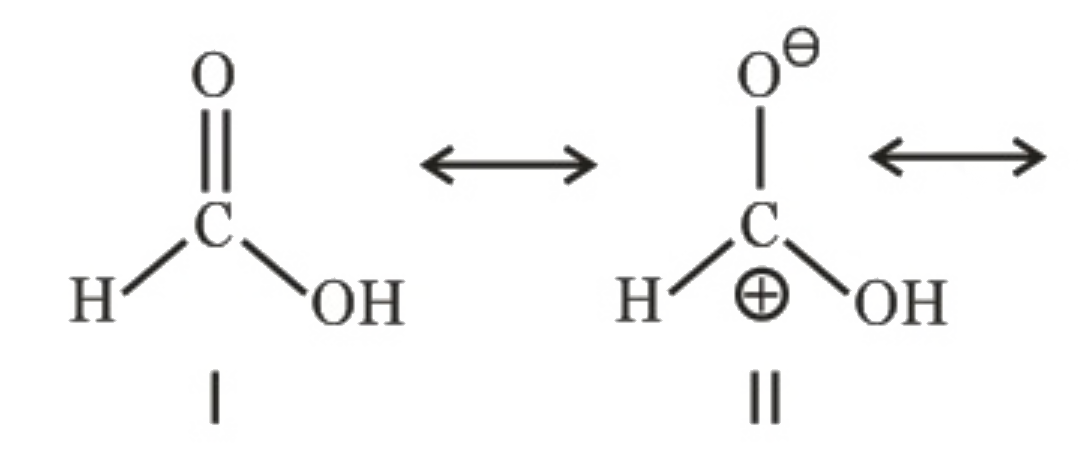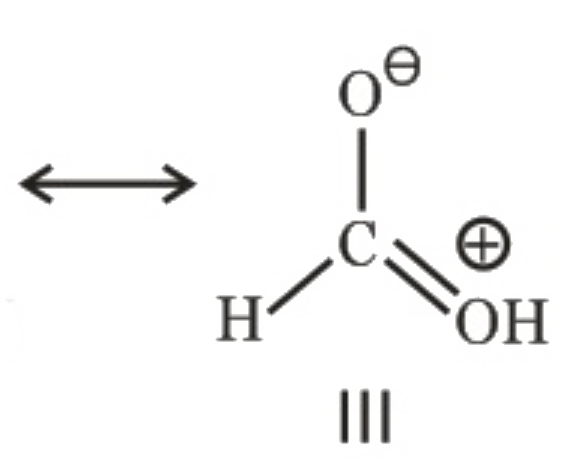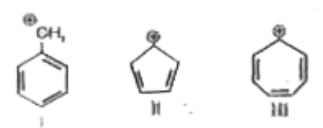Determine the correct order of stability :-
Al+1>Al+3
Sn+2>Sn+4
Pb+2>Pb+4
Bi+3<Bi+5
The correct Answer is:C
To determine the correct order of stability for the given cations, we need to analyze the stability of the cations based on their oxidation states and the inert pair effect. Here’s a step-by-step solution:
Step 1: Identify the Cations and Their Groups
- The cations in question are from the p-block elements:
- Aluminium (Al) from Group 13
- Tin (Sn) and Lead (Pb) from Group 14
- Bismuth (Bi) from Group 15
Step 2: Understand Oxidation States
- Each of these elements can exhibit different oxidation states:
- Aluminium: +1 and +3
- Tin: +2 and +4
- Lead: +2 and +4
- Bismuth: +3 and +5
Step 3: Analyze Stability of Higher Oxidation States
- The stability of higher oxidation states tends to decrease as we move down the group due to the inert pair effect. This effect refers to the reluctance of the s-electrons to participate in bonding as we move down the group.
Step 4: Evaluate Each Cation
1. Aluminium (Al³⁺):
- The +3 oxidation state is stable because it achieves a noble gas configuration (Neon).
2. Tin (Sn²⁺ and Sn⁴⁺):
- The +4 oxidation state is more stable than the +2 oxidation state because it is higher up in the group, but it is less stable than Al³⁺.
3. Lead (Pb²⁺ and Pb⁴⁺):
- The +2 oxidation state is more stable than the +4 oxidation state due to the inert pair effect, which is more pronounced in heavier elements.
4. Bismuth (Bi³⁺ and Bi⁵⁺):
- Similar to lead, the +3 oxidation state is more stable than the +5 oxidation state due to the inert pair effect.
Step 5: Determine the Order of Stability
Based on the analysis:
- Al³⁺ is the most stable due to achieving a noble gas configuration.
- Sn²⁺ is more stable than Sn⁴⁺.
- Pb²⁺ is more stable than Pb⁴⁺.
- Bi³⁺ is more stable than Bi⁵⁺.
Thus, the order of stability from most stable to least stable is:
1. Al³⁺
2. Sn²⁺
3. Pb²⁺
4. Bi³⁺
Final Order of Stability
The correct order of stability for the cations is:
- Al³⁺ > Sn²⁺ > Pb²⁺ > Bi³⁺
- The cations in question are from the p-block elements:
- Aluminium (Al) from Group 13
- Tin (Sn) and Lead (Pb) from Group 14
- Bismuth (Bi) from Group 15
- Each of these elements can exhibit different oxidation states:
- Aluminium: +1 and +3
- Tin: +2 and +4
- Lead: +2 and +4
- Bismuth: +3 and +5
- The stability of higher oxidation states tends to decrease as we move down the group due to the inert pair effect. This effect refers to the reluctance of the s-electrons to participate in bonding as we move down the group.
1. Aluminium (Al³⁺):
- The +3 oxidation state is stable because it achieves a noble gas configuration (Neon).
2. Tin (Sn²⁺ and Sn⁴⁺):
- The +4 oxidation state is more stable than the +2 oxidation state because it is higher up in the group, but it is less stable than Al³⁺.
- The +2 oxidation state is more stable than the +4 oxidation state due to the inert pair effect, which is more pronounced in heavier elements.
- Similar to lead, the +3 oxidation state is more stable than the +5 oxidation state due to the inert pair effect.
Based on the analysis:
- Al³⁺ is the most stable due to achieving a noble gas configuration.
- Sn²⁺ is more stable than Sn⁴⁺.
- Pb²⁺ is more stable than Pb⁴⁺.
- Bi³⁺ is more stable than Bi⁵⁺.
1. Al³⁺
2. Sn²⁺
3. Pb²⁺
4. Bi³⁺
The correct order of stability for the cations is:
- Al³⁺ > Sn²⁺ > Pb²⁺ > Bi³⁺
Topper's Solved these Questions
- INORGANIC CHEMISTRYBOOK - ALLENCHAPTER - INORGANIC CHEMISTRYEXERCISE - s-BLOCK ELEMENTS
21 Videos
- INORGANIC CHEMISTRYBOOK - ALLENCHAPTER - INORGANIC CHEMISTRYEXERCISE - METALLURGY
22 Videos
- INORGANIC CHEMISTRYBOOK - ALLENCHAPTER - INORGANIC CHEMISTRYEXERCISE - COORDINATION COMPOUNDS & d-BLOCK COMPOUNDS (MATCH THE COLUMN)
2 Videos
- HYDROGENBOOK - ALLENCHAPTER - HYDROGENEXERCISE - EXERCISE-5
17 Videos
- Ionic EquilibriumBOOK - ALLENCHAPTER - Ionic EquilibriumEXERCISE - All Questions
37 Videos
Similar Questions
Correct order of stability is:
View SolutionThe correct order of stability is
View Solution
Among these canonical structures of pyridine, the correct order of stability is/are :
View Solution

Among these canonical structures, the correct order of stability is
View SolutionWhich of the following represents the correct order of stability of the given carbocations?

View SolutionWhich of the following represents the correct order of stability of the given carbocations ?

View SolutionWhich of the following is the correct order of stability of the
following compounds ?
View SolutionWhich of the following is the correct order of stability of free radicals ?
View SolutionDetermine the order of stability of the following resonating structure.

View SolutionWhich of the following is correct order of stability:
View Solution
